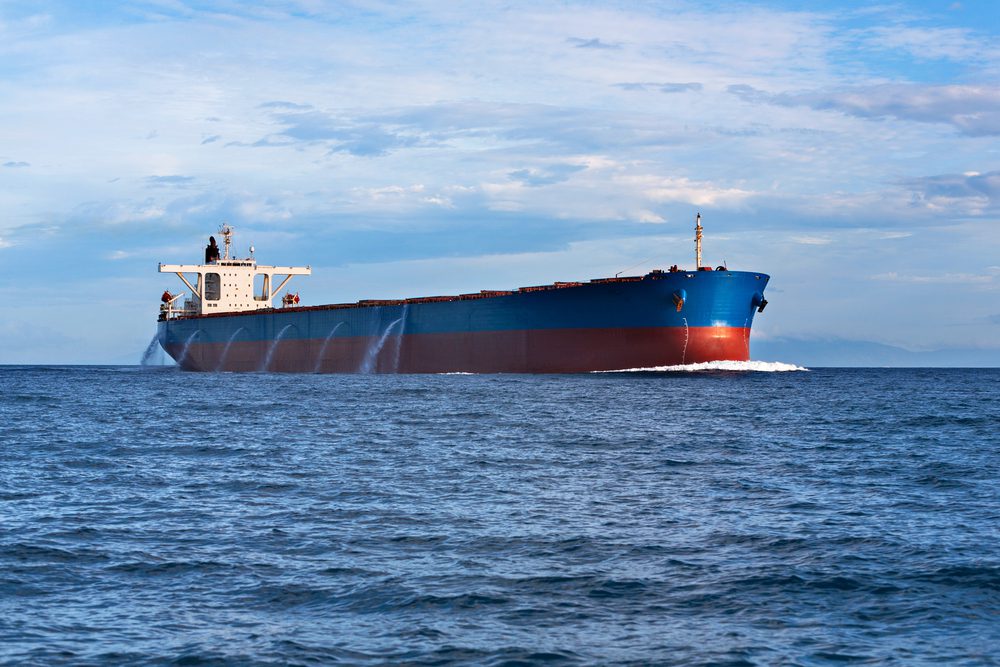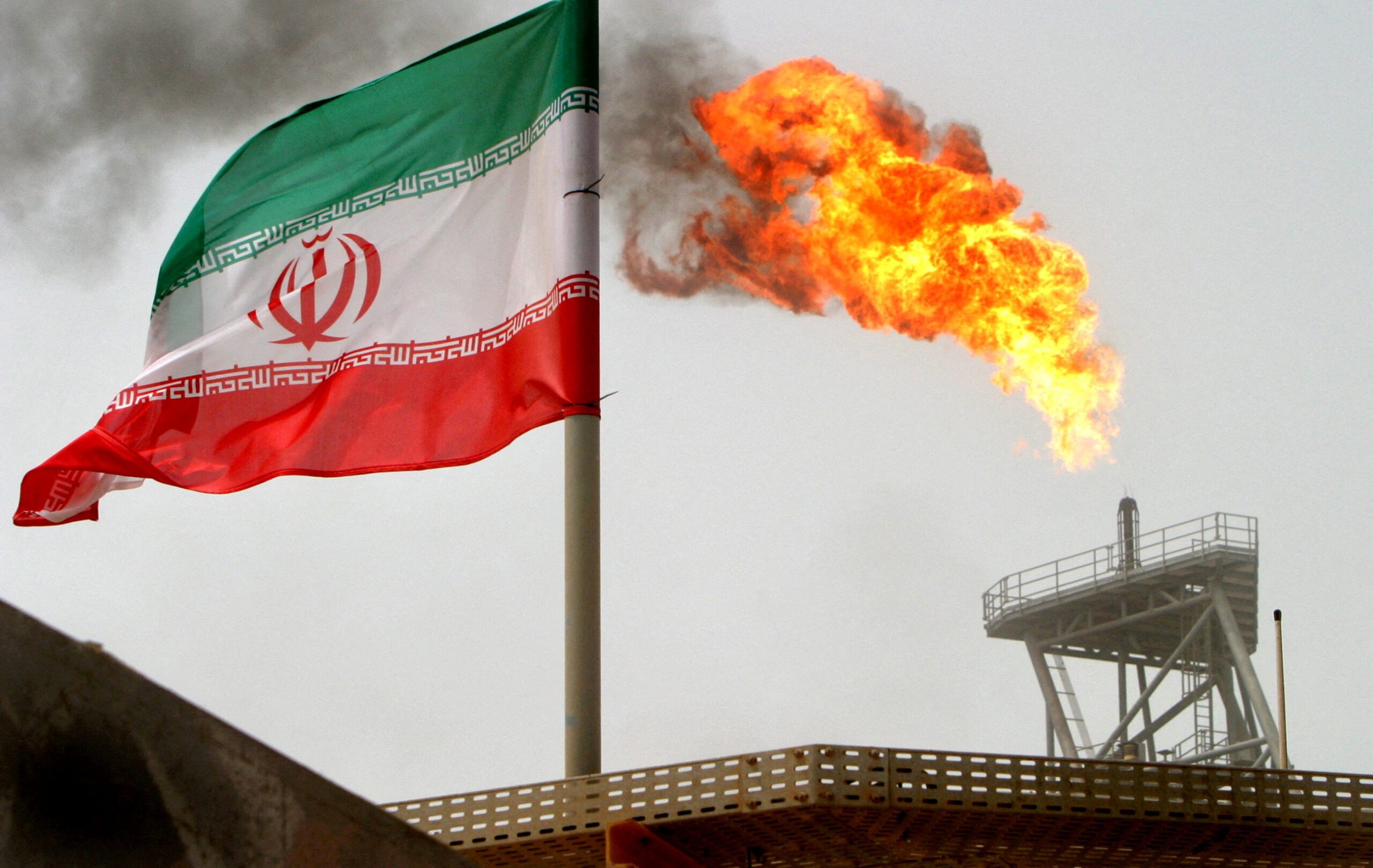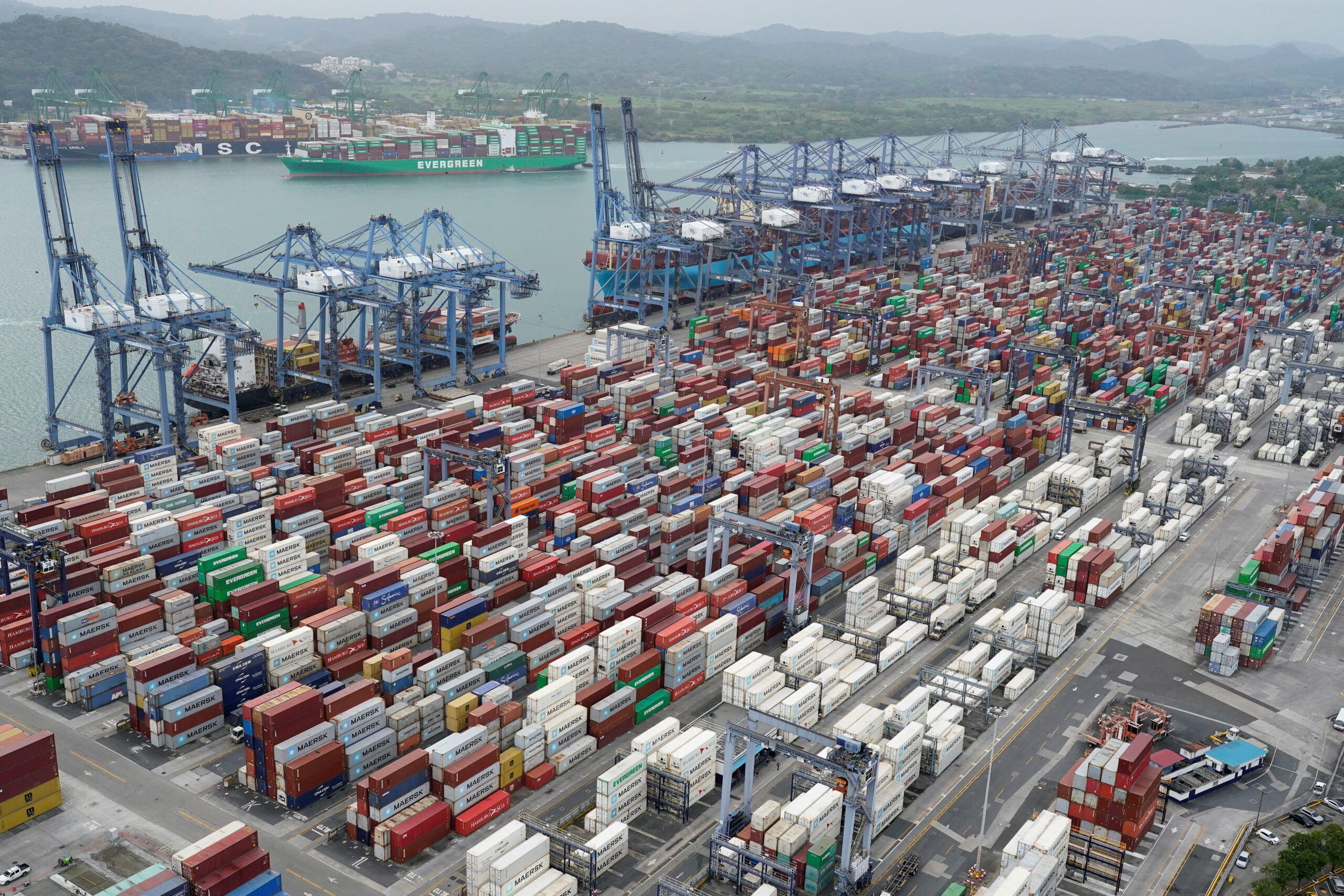By Peter Hinchliffe, Secretary General, International Chamber of Shipping
The Ballast Water Management Convention (the Convention), aimed at establishing standards and procedures to prevent the spread of aquatic organisms, enters into force and takes effect on 8 September this year. While it represents a significant environmental milestone for our planet, the Convention also means that the maritime industry has to gear up for a huge operational change.
Under the Convention, ships trading in international waters will need to ensure they are fitted with a ship-specific Ballast Water Management System (BWMS), according to the agreed implementation schedule. The BWMS installed must be approved by the Flag State in accordance with approval process defined by the International Maritime Organization (IMO).
Even vessels from countries which have not acceded to the Convention are required to comply with the standards when entering the ports of IMO Member States that have ratified the Convention.
In addition to meeting the requirements of the Convention, ships entering U.S. waters will also need to meet the stringent standards laid down in the U.S. Ballast Water Regulations and enforced by the U.S. Coast Guard (USCG). The U.S. has not acceded to the Convention but adopted its own ballast-water regulations in 2012.
This disconnect in requirements has left many shipowners wondering if their vessels will be able to operate in U.S. waters when the Convention comes into force. The uncertainty in this area has been compounded by the fact that only three equipment makers – Optimarin, Alfa Laval and Ocean Saver – have systems that are approved and considered fully compliant with both the Convention and US Ballast Water regulations. A fourth system is currently being considered by the USCG for full approval.
With the Convention entering into force in less than 7 months, the pressure is certainly on for shipowners who must find a suitably robust BWMS for their operations and in the case of existing ships have the system installed by the date of their first International Oil Pollution Prevention (IOPP) Renewal Survey after 8 September this year.
Absorbing costs
Industry watchers expect that the global maritime industry will spend upwards of USD75 billion on equipping their vessels with ballast water treatment systems. Depending on the size of the vessel, its ballast water capacity and type of treatment, estimates show that the cost of implementation of the treatment systems can range from half a million to five million USD per vessel with some 40,000 ships to be equipped. This is in addition to other maintenance and operational costs.
Given these costs, there is the consideration that it may be more economically feasible to scrap a substantial number of older ships rather than modify them to meet the Convention’s standards.
Moreover, individual shipowners will also need to invest in training crew members to handle new equipment, ensuring that appropriate safety protocols are well established, and costs associated with disruptions due to dry-docking and equipment installation are contained.
In the current depressed market, these compliance costs, and other ancillary costs have been of significant concern to shipowners. For many countries, they have even been a barrier to ratification.
Making progress
In spite of the nervousness about the ratification, shipowners are generally confident of meeting the standards in time. Having a firm date for the Convention’s implementation provides certainty for timelines and budget.
Furthermore, faced with the pressure of the Convention, equipment manufacturers and engineering companies are innovating to ensure that effective equipment and systems are made commercially available to help shipowners move forward. Currently, there are over 60-type approved systems, some of which make use of UV.
To spur greater trust in ballast water systems, the International Chamber of Shipping (ICS) has also been collaborating with the IMO to ensure a more rigorous type approval process exists and as a result, the IMO adopted the more robust 2016 Guidelines for the Approval of Ballast Water Management Systems (G8) in October 2016.
The IMO also agreed in 2016 that the approval guidelines should be made into a mandatory code and the Convention amended accordingly following its entry into force. As a result, the availability of commercial equipment that can be considered to effectively treat ballast water in conditions normally encountered in the daily operation of ships should grow as systems gain approval in accordance with the latest revision of the approval guidelines (G8). The availability of systems approved in accordance with the 2016 Guidelines (G8) and with USCG approval will fuel confidence in the Convention.
Navigating the way forward
It has taken 13 years to take the Convention from adoption to ratification and while there have been significant concerns and challenges in its ratification, the long-term benefits should outweigh the costs. The risks to aquatic biodiversity and human health arising from the transfer of harmful aquatic organisms in ballast water will be eradicated with the implementation of treatment systems.
As an aside, some in the industry are saying the Convention may address existing vessel over-supply in the market, by encouraging shipowners to consider scrapping vessels that are over 15 years old.
More importantly, compliance with the Convention offers shipowners the opportunity to feedback on the efficacy of treatment systems, to help shape the Convention, and the industry as a whole. Here, the ICS provides a key avenue for shipowners to collaborate with other industry players and the IMO to refine the Convention and help facilitate implementation.
The success of the Convention is ultimately dependent on multi-level collaboration within the global maritime industry. On a macro level, inter-agency coordination amongst the flag States is necessary for effective enforcement of ballast water management strategies. On a micro level, careful planning and coordination is vital if shipowners are to meet the requirements of the Convention while minimising preparatory and compliance-related costs.
This multi-level collaborative approach will also be in action during the Sea Asia 2017 conferences. Held in April in Singapore, Sea Asia 2017 will bring together leaders from across the industry and around the globe to analyse, debate and find solutions to issues confronting the maritime industry.
One of the areas we will discuss is the Convention and its expected impact on the sector. I look forward to continuing the discussion on how we can work together as an industry to navigate these challenges moving forward.
Peter Hinchliffe is a speaker for the ‘Navigating Challenges: The Way Forward’ session at Sea Asia 2017.

 Join The Club
Join The Club











